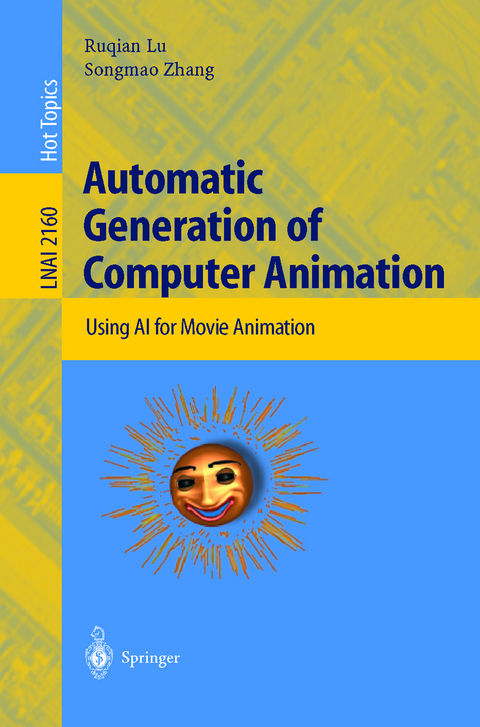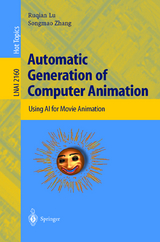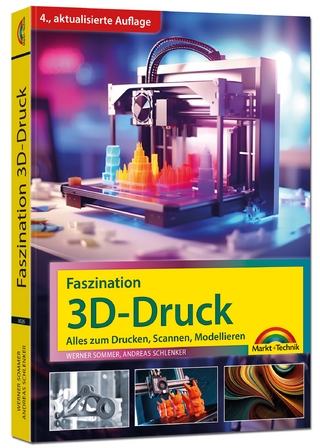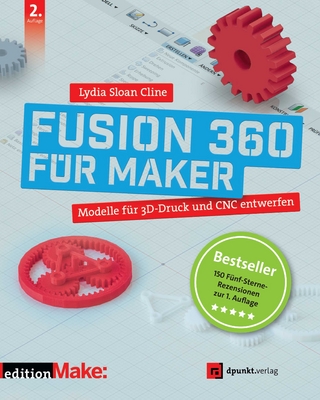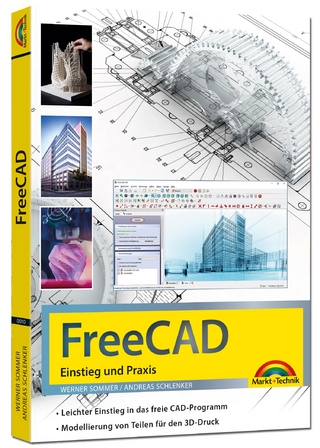Automatic Generation of Computer Animation
Using AI for Movie Animation
Seiten
2002
Springer Berlin (Verlag)
978-3-540-43114-5 (ISBN)
Springer Berlin (Verlag)
978-3-540-43114-5 (ISBN)
The cost of producing animated movies is very high, even with the use of computer graphics techniques. This book reports on the methodologies and the implementation of a software prototype called SWAN automating the production process by using artificial intelligence techniques. It supports the full life cycle from a children's story in natural language text form to the final animated movie. A cartoon produced by SWAN was already shown on CCTV (Chinese Central Television Station).
We are both fans of watching animated stories. Every evening, before or after d- ner, we always sit in front of the television and watch the animation program, which is originally produced and shown for children. We find ourselves becoming younger while immerged in the interesting plot of the animation: how the princess is first killed and then rescued, how the little rat defeats the big cat, etc. But what we have found in those animation programs are not only interesting plots, but also a big chance for the application of computer science and artificial intelligence techniques. As is well known, the cost of producing animated movies is very high, even with the use of computer graphics techniques. Turning a story in text form into an animated movie is a long and complicated procedure. We came to the c- clusion that many parts of this process could be automated by using artificial - telligence techniques. It is actually a challenge and test for machine intelligence. So we decided to explore the possibility of a full life cycle automation of c- puter animation generation. By full life cycle we mean the generation process of computer animation from a children s story in natural language text form to the final animated movie. It is of course a task of immense difficulty. However, we decided to try our best and to see how far we could go.
We are both fans of watching animated stories. Every evening, before or after d- ner, we always sit in front of the television and watch the animation program, which is originally produced and shown for children. We find ourselves becoming younger while immerged in the interesting plot of the animation: how the princess is first killed and then rescued, how the little rat defeats the big cat, etc. But what we have found in those animation programs are not only interesting plots, but also a big chance for the application of computer science and artificial intelligence techniques. As is well known, the cost of producing animated movies is very high, even with the use of computer graphics techniques. Turning a story in text form into an animated movie is a long and complicated procedure. We came to the c- clusion that many parts of this process could be automated by using artificial - telligence techniques. It is actually a challenge and test for machine intelligence. So we decided to explore the possibility of a full life cycle automation of c- puter animation generation. By full life cycle we mean the generation process of computer animation from a children s story in natural language text form to the final animated movie. It is of course a task of immense difficulty. However, we decided to try our best and to see how far we could go.
Overview of Research on Computer Animation and Related Topics.- SWAN: Full Life Cycle Automation of Computer Animation.- Understanding the Limited Chinese Natural Language.- Story Understanding: The Theory.- Story Understanding: The Practice.- Plot Planning and Act Planning.- Director's Planning.- Camera Planning.- Light, Color, and Role Planning.- Knowledge Base and Libraries.
| Erscheint lt. Verlag | 23.1.2002 |
|---|---|
| Reihe/Serie | Lecture Notes in Artificial Intelligence | Lecture Notes in Computer Science |
| Zusatzinfo | XII, 388 p. |
| Verlagsort | Berlin |
| Sprache | englisch |
| Maße | 155 x 233 mm |
| Gewicht | 578 g |
| Themenwelt | Informatik ► Grafik / Design ► Digitale Bildverarbeitung |
| Mathematik / Informatik ► Informatik ► Software Entwicklung | |
| Informatik ► Theorie / Studium ► Künstliche Intelligenz / Robotik | |
| Schlagworte | Act Planning • Animation • Animation Generation • Artificial Intelligence • Camera Planning • Computeranimation • Computer Animation • Computer Graphics • Geometric Planning • Intelligence • Künstliche Intelligenz • Life-Like Characters • Natural Language Processing (NLP) • Role Planning • Semantic Analysis • Story Understanding • Virtual Reality • Virtual Storytelling |
| ISBN-10 | 3-540-43114-4 / 3540431144 |
| ISBN-13 | 978-3-540-43114-5 / 9783540431145 |
| Zustand | Neuware |
| Informationen gemäß Produktsicherheitsverordnung (GPSR) | |
| Haben Sie eine Frage zum Produkt? |
Mehr entdecken
aus dem Bereich
aus dem Bereich
alles zum Drucken, Scannen, Modellieren
Buch | Softcover (2024)
Markt + Technik Verlag
24,95 €
Modelle für 3D-Druck und CNC entwerfen
Buch | Softcover (2022)
dpunkt (Verlag)
34,90 €
